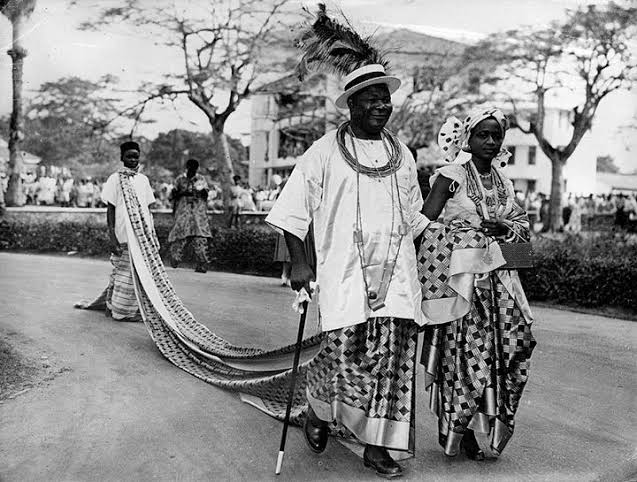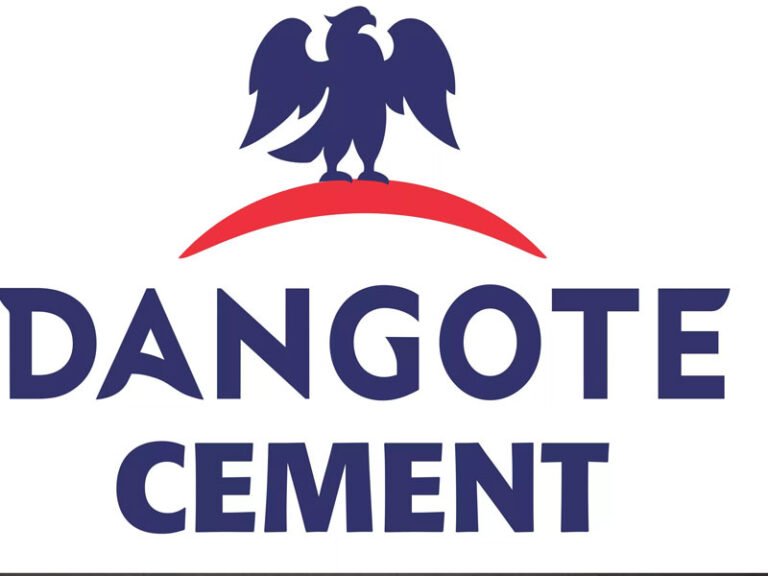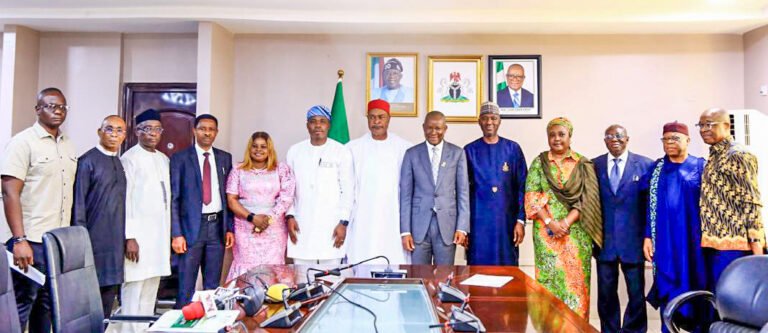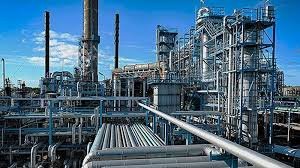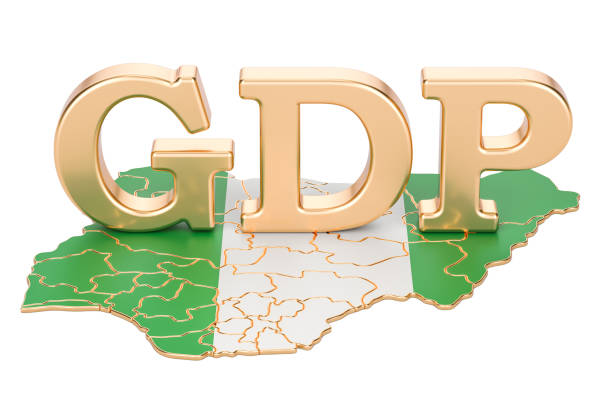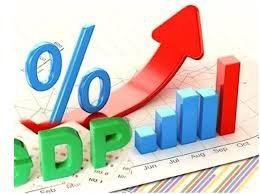The Nigerian naira strengthened further last week, appreciating by ₦10.67 to close at ₦1,528.56 per dollar at the official foreign exchange market on Friday. It held steady on Monday, trading around ₦1,528.33. The currency remains largely flat year-to-date, signaling a stabilization after a turbulent 2024.
Analysts attribute the naira’s newfound stability to its undervaluation, a surge in non-oil exports, and reduced import demand. This marks a significant shift, as Nigeria’s currency appears to be decoupling from oil prices, the nation’s traditional foreign exchange driver.
Despite a decline in oil prices to below $70 per barrel, the naira has held steady, defying earlier volatility in the first half of 2025. Experts from Deutsche Bank AG and Cardinal Stone project the naira to end the year near N1,556 per dollar, its average rate during the first six months.
Also Read:
- NNPC Suspends Naira-for-Crude Deal: Implications for Local Refineries and the Naira's stability
- Dollar to Naira: "Naira to Stabilise at N1,555 to the Dollar," Rewane projects
- Naira Strengthens to ₦1526/USD as IMF Applauds FX Reforms and Market Stability
- Naira Strengthens to N1539.72/$1 In the Official Market Amid Robust FX Supply
The naira’s 41% slump in 2024, triggered by the Central Bank of Nigeria’s (CBN) move to allow freer trading against the dollar, had battered businesses. A stable naira in 2025 offers much-needed relief, fostering a more predictable environment for economic planning.
Foreign exchange reforms have played a pivotal role in bolstering the naira’s outlook, with the International Monetary Fund (IMF) praising the CBN’s efforts in its 2025 Article IV Consultation report. The IMF highlighted enhanced transparency and market integrity, which have improved price discovery and liquidity in the FX market.
Dangote’s 650,000 barrels-per-day refinery has transformed Nigeria into a net exporter of refined products, reducing reliance on imported fuel. This shift, coupled with a weaker US dollar, down over 10% in 2025, has alleviated pressure on the naira.
Samir Gadio, head of Africa strategy at Standard Chartered Plc, noted, “The NGN has become more correlated with global risk conditions.” Improved risk sentiment has driven portfolio inflows into Nigerian debt, supporting the currency despite low oil prices.
However, analysts warn that the resumption of naira card transactions for international payments could exert short-term pressure on the exchange rate. Increased demand for dollars may test the naira’s resilience in the coming months.
Investors’ growing interest in non-US assets has also fueled dollar inflows into Nigerian markets, further strengthening the naira. These inflows, combined with robust FX reforms, have created a favorable environment for currency stability.
The naira’s ability to weather global economic shifts underscores Nigeria’s evolving economic landscape, driven by diversification and reform. As non-oil sectors gain traction, the currency’s outlook remains cautiously optimistic for the remainder of 2025.








